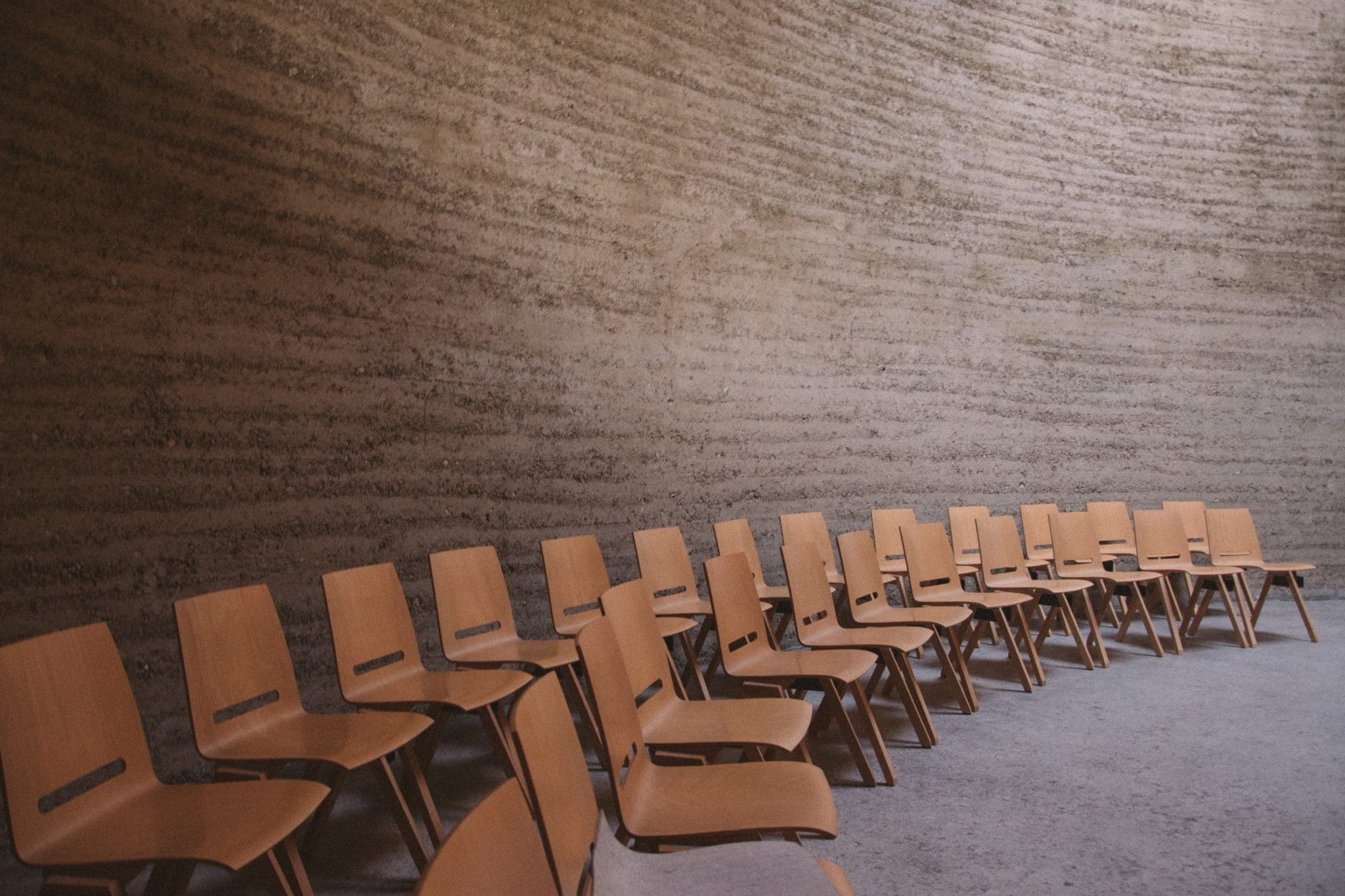One of the most important qualities in a teacher is a willingness to try new things. The instructional methods of yesterday might not be as effective as the teaching tools of tomorrow, so if you’re an educator at a university like College America, you have to be adaptive. In that respect, here are just a few educational techniques that are currently making waves in classrooms throughout the world.
Flipped Classrooms
“Flipped” classrooms are ones where teachers record lessons for students to view at home. Then, during class, the students do their homework. While it might sound strange, flipped classrooms are turning things around for many struggling schools.
One principal in Detroit flipped his entire high school after conducting a successful experiment on the effectiveness of flipped classrooms. The results showed that students who could watch lessons on their smartphones or home computers were more prone to repeat viewings, and furthermore, doing their homework under a teacher’s supervision allowed them to ask questions, clarify concepts and reach a deeper understanding of the subject. They might sound backward, but flipped classrooms are actually taking students forward.
Social Media Integration
Social media has become a driving force for young people, and you can tap into this by turning social media networks into learning platforms. For example, if you’re an art teacher, you can ask your students to upload their artwork to Flickr and Instagram for peer review. If you’re a political science professor, you can use special hashtags on Twitter to create student discussion chains on current events.
Pinterest can be used to collect blog posts on fun science projects, and YouTube can become your new homework helper where you solve math problems step-by-step. There’s no limit to the way that social media can revolutionize your classroom as long as you’re willing to embrace it as a genuine educational technique. Don’t think of it as a fad. Think of it as the future.
The Mastery Method
A favorite of Asian countries like China and Singapore, the “mastery method” was recently brought over to the Western world in an attempt to duplicate the success of Asian students in subjects like math. Instead of explaining a concept and letting everyone scribble notes and figure it out on their own, the mastery method requires that every single student in the classroom understands the concept before the teacher is allowed to move on.
This is achieved by calling on each student in a structured, almost military-like manner and having them repeat what they’ve learned multiple times. It might sound a little Spartan, but the mastery method has already improved test scores in the UK, so expect it to hit other countries and additional schools in the future.
Inside-Outside Circle
Useful in large classrooms where teachers don’t always have time to give students individualized attention, the inside-outside circle allows students to essentially teach themselves through group effort. You start by arranging a large circle of students with a smaller circle of students within them. Then you pose a question or suggest a discussion topic, and the circles rotate in opposite directions as the children engage with a different peer for each “turn.” They pass along information and debate answers as they go. Not only does this teaching method encourage communication and cooperation between students who might not normally talk to one another, but it’s also a great way to ensure that no one is being forgotten at the back of the classroom. Everyone gets to talk and share ideas.
These are just a few educational techniques that you might want to consider for your own classroom. Some are more intriguing than others, but all of them are showing results, so they’re worth looking into as potential teaching methods for your next semester.



